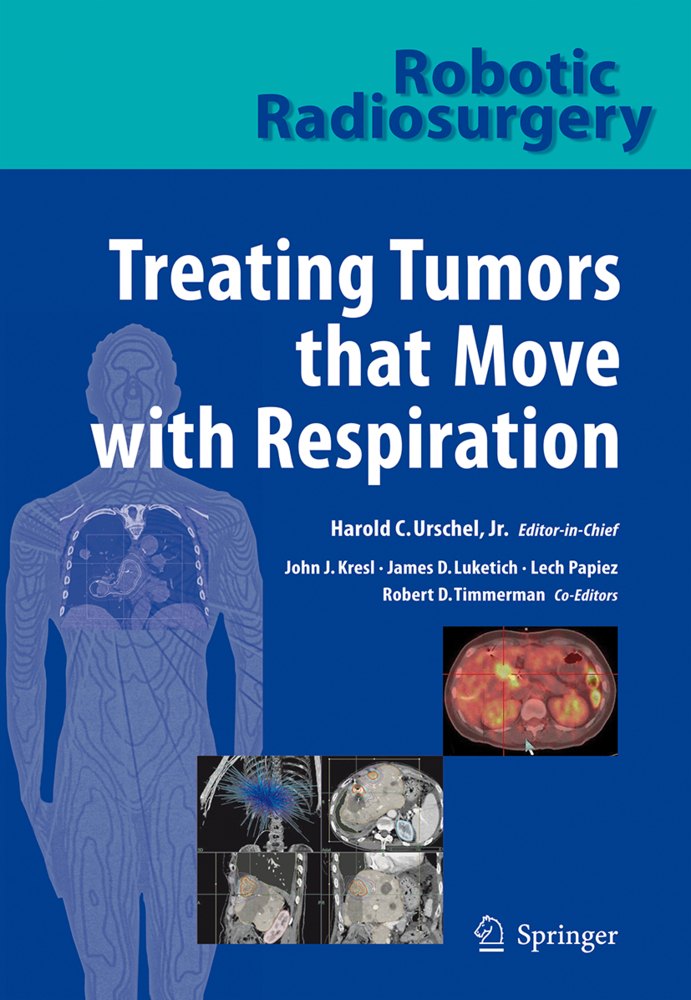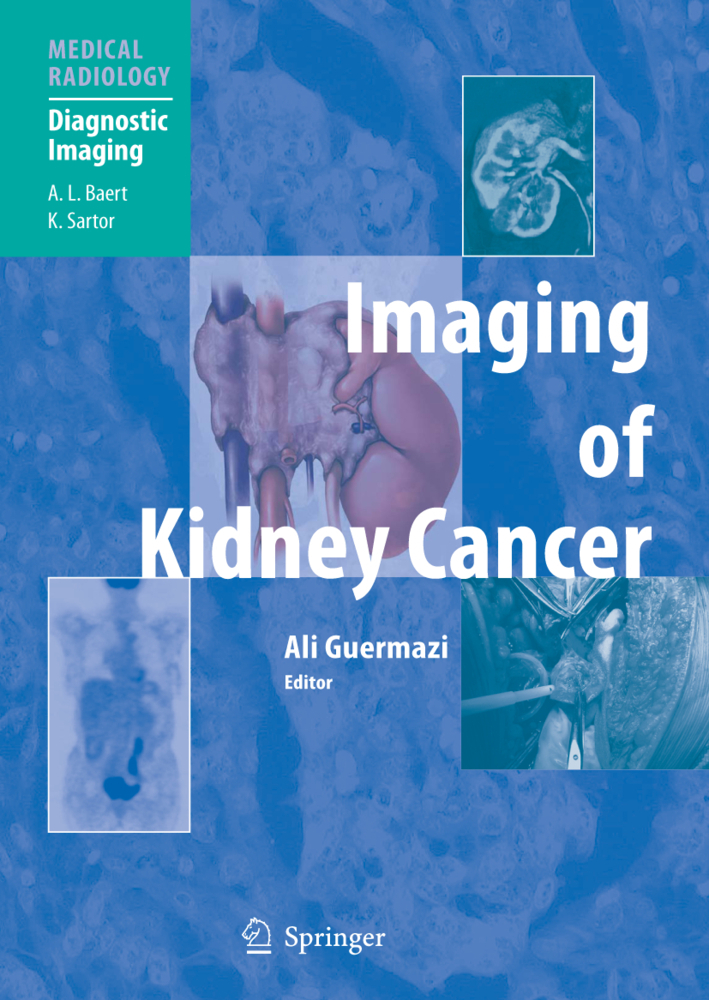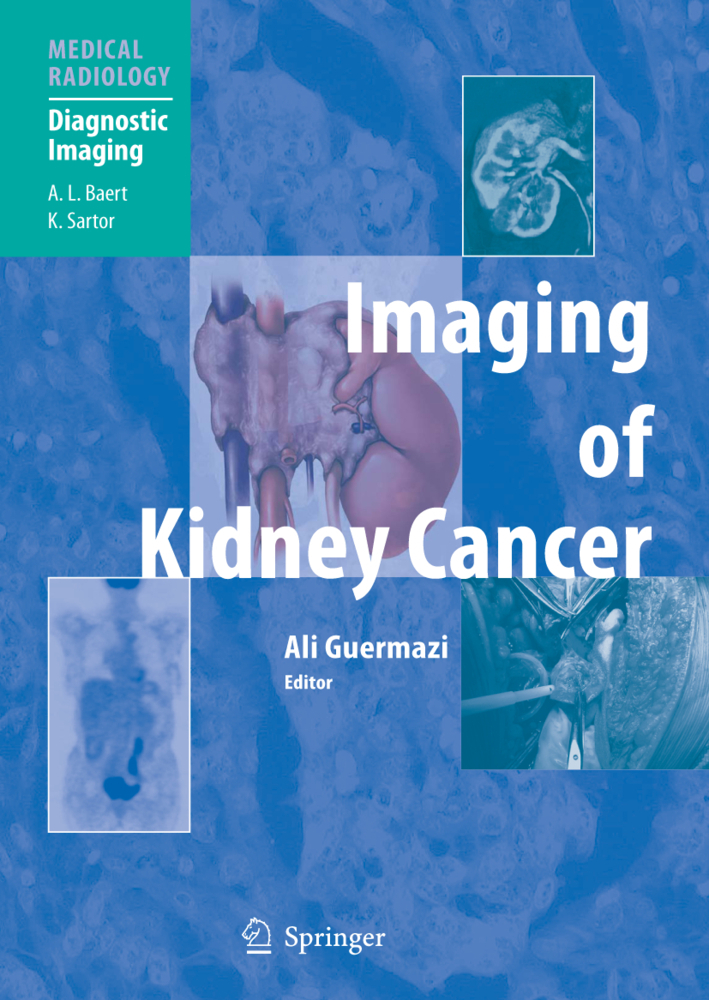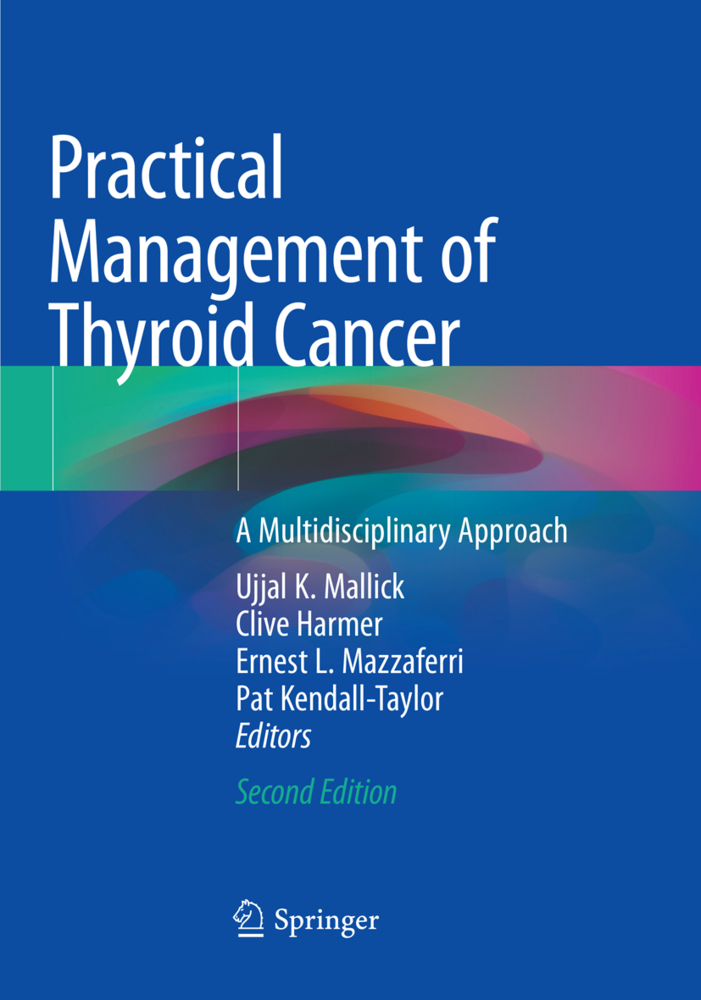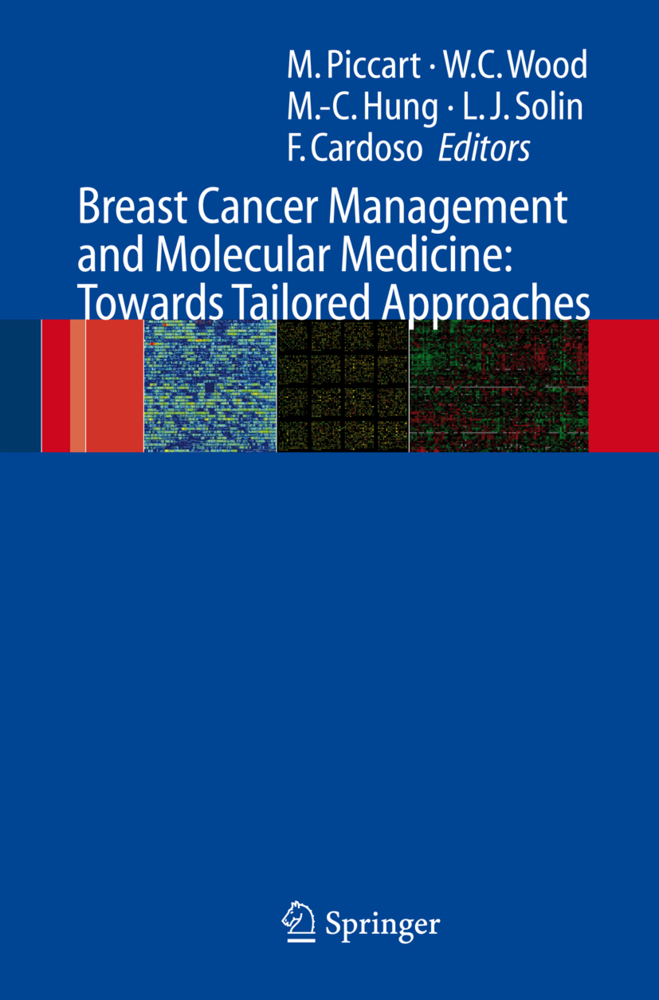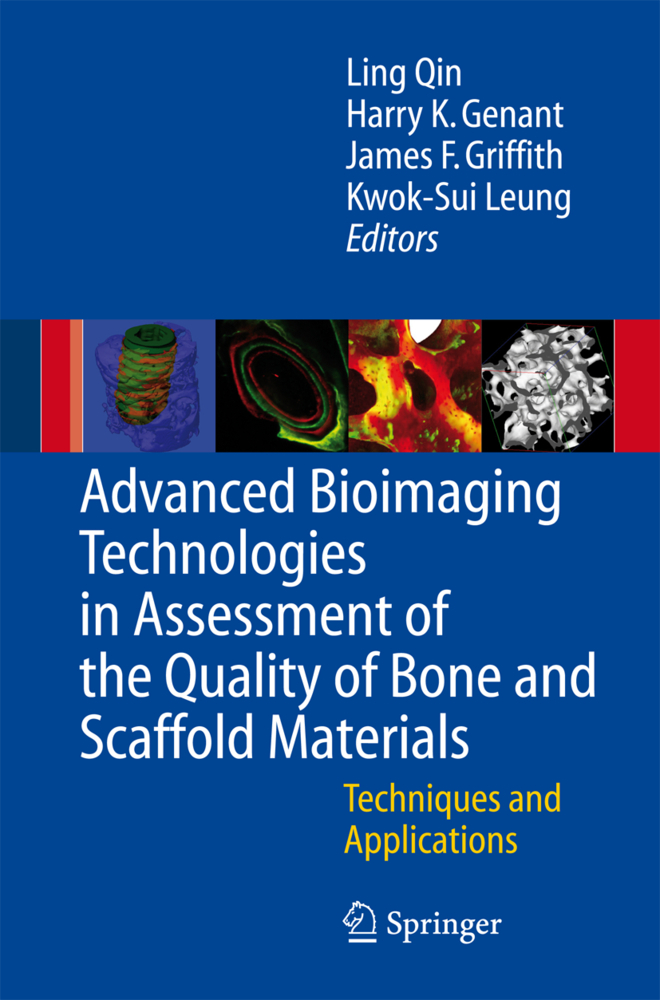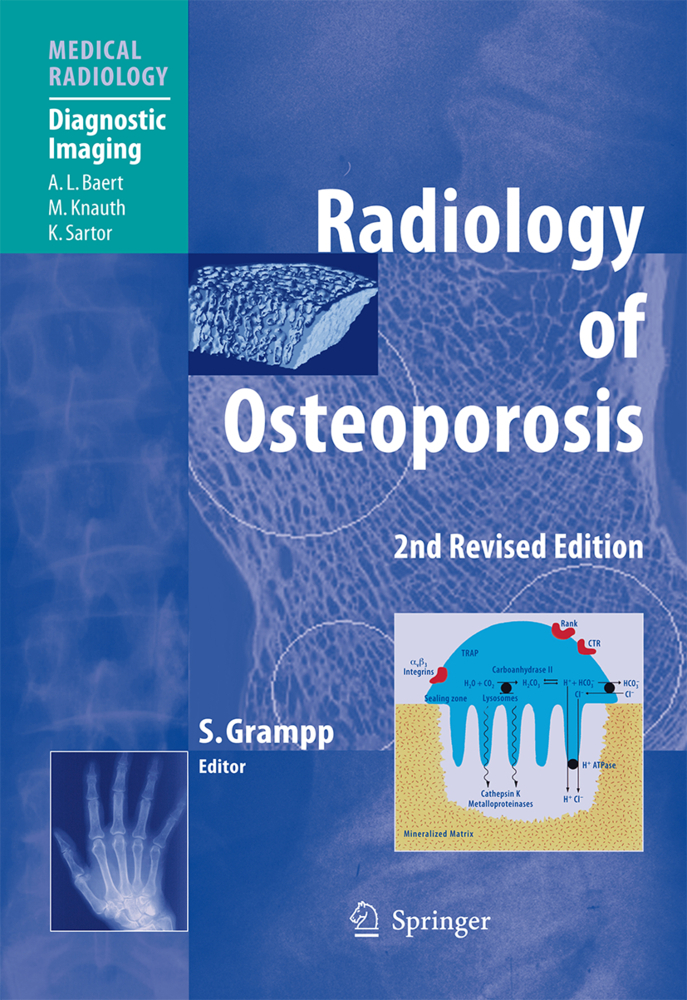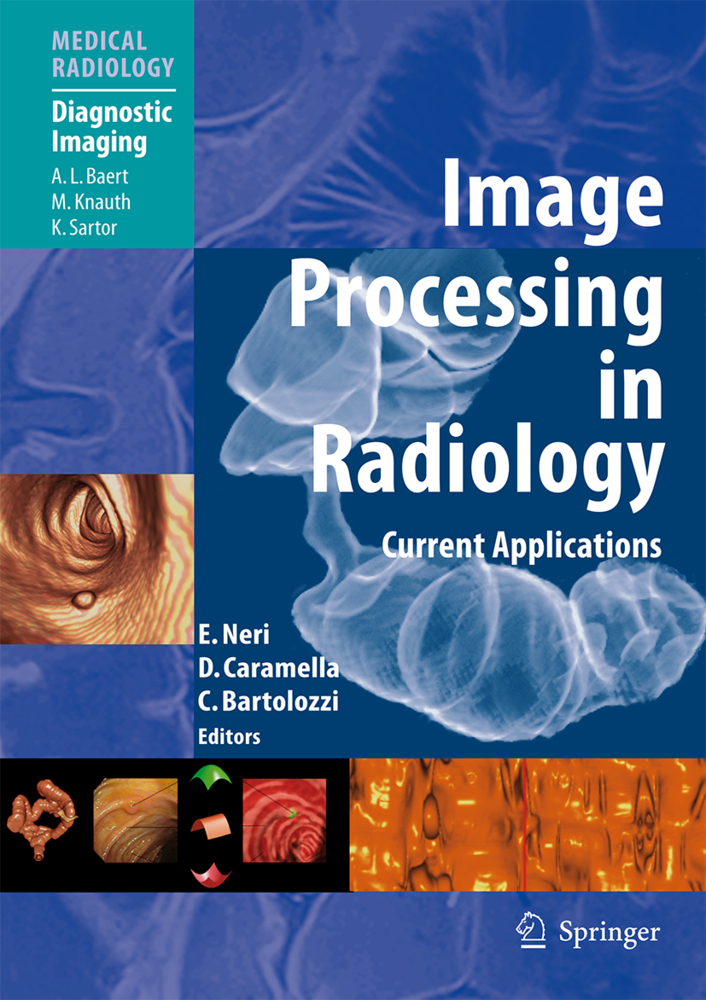Robotic Radiosurgery. Treating Tumors that Move with Respiration
Robotic Radiosurgery. Treating Tumors that Move with Respiration
Harold C. Urschel, Jr. (Editor-in-Chief) John J. Kresl · James D. Luketich Lech Papiez ·Robert D. Timmerman (Co-Editors) Raymond A. Schulz (Contributing Editor) Treating Tumors that Move with Respiration With Contributions by Numerous Experts Foreword by E. Thomson With 116 Figures in 168 Separate Illustrations, 120 in Color and 31 Tables 123 IV Foreword Editor-in-Chief: James D. Luketich, MD Sampson Family Endowed Professor of Surgery Harold C. Urschel Jr. , MD Chief, The Heart, Lung and Chair of Cardiovascular and Thoracic Surgical Esophageal Surgery Institute Research, Education and Clinical Excellence University of Pittsburgh Medical Center, PUH, C-800 Baylor University Medical Center 200 Lothrop Street 1201 Barnett Tower Pittsburgh, PA 15213 3600 Gaston Avenue USA Dallas, TX 75246 USA Lech Papiez, PhD Associate Professor Department of Radiation Oncology University of Texas Southwestern Medical Center 5801 Forest Park Road Dallas, TX 75390 Co-Editors: USA John J. Kresl, MD, PhD Arizona Oncology Services at Robert D. Timmerman, MD St. Joseph's Hospital & Medical Center Professor and Vice-Chairman Department of Radiation Oncology Ef? e Marie Cain Distinguished Chair in CyberKnife Center Cancer Therapy Research Barrow Neurological Institute Department of Radiation Oncology Gamma Knife Center University of Texas Southwestern Medical Center 350 West Thomas Road 5801 Forest Park Road Phoenix, Arizona 85013 Dallas, TX 75390 USA USA Library of Congress Control Number: 2007920177 ISBN 978-3-540-69885-2 Springer Berlin Heidelberg New York This work is subject to copyright.
Respiratory Motion Tracking for Robotic Radiosurgery
Patient Alignment and Target Tracking in Radiosurgery of Soft-Tissue Tumors Using Combined Fiducial and Skeletal Structures Tracking Techniques
Thoraco-Abdominal Dosimetry, Radiobiology, and Imaging
The Radiobiological Rationale for Hypofractionation of Lung and Liver Tumors
18FDG-PET/CT for Treatment Planning and Follow-Up
Treatment Planning of Abdominal Lesions
Use of a Target Complexity Index in Radiosurgical Plan Evaluation
Dose Escalation with the Frameless Respiratory Tumor Tracking System of the CyberKnife for Early Stage Non-Small-Cell Lung Cancer
Thoraco-Abdominal Fiducial Placement Strategies
Percutaneous Placement of Fiducial Markers for Thoracic Malignancies
Use of a Blood Patch Technique to Prevent Pneumothorax During Insertion of Lung Fiducials
Thoracic Fiducial Placement via Flexible Bronchoscopy
Endoscopic Ultrasound-Guided Fiducial Placement for CyberKnife Radiosurgery
Lung Tumor Treatment - Techniques and Experiment
Stereotactic Body Radiation Therapy in the Treatment of Early Stage Non-Small Cell Lung Cancer
Dosimetric Considerations for Stereotactic Body Radiotherapy Delivery in the Lung
Selection of Treatment for Patients with Early Stage Non-Small Cell Lung Cancer in a Multidisciplinary Thoracic Oncology Program
CyberKnife Frameless Image-Guided High-Dose Fractionated Stereotactic Radiosurgery with the Synchrony Motion Tracking Module in the Treatment of Single Small Peripheral Lung Tumors
Initial Experience Treating Lung Tumors with the CyberKnife
Stereotactic Radiosurgery for Early Stage Non-Small Cell Lung Cancer: Rationale,Patient Selection, Results and Complications
Toxicity and Efficacy of Treating Mediastinal and Hilar Lesions
Liver and Pancreas Treatment - Techniques and Experiment
A Review of Stereotactic Body Radiotherapy for Liver and Pancreas
Multidisciplinary Overview of Local-Regional Therapies for Liver Malignancies
Stereotactic Radiosurgery for Liver Malignancies Using the CyberKnife
CyberKnife Radiosurgery for Pancreatic Cancer
Stereotactic Radiosurgery for Unresectable Adenocarcinoma of the Pancreas: Initial Experience at Sinai Hospital of Baltimore
Emerging Thoraco-Abdominal Radiosurgery Concepts
4D Treatment Optimization and Planning for Radiosurgery with Respiratory Motion Tracking
Xsight Lung Tracking System: A Fiducial-Less Method for Respiratory Motion Tracking
CyberKnife Radiosurgery: Quality of Life and Cost Considerations.
Respiration Motion and Tumor Tracking Techniques
Tumor Motion Ranges Due to Respiration and Respiratory Motion CharacteristicsRespiratory Motion Tracking for Robotic Radiosurgery
Patient Alignment and Target Tracking in Radiosurgery of Soft-Tissue Tumors Using Combined Fiducial and Skeletal Structures Tracking Techniques
Thoraco-Abdominal Dosimetry, Radiobiology, and Imaging
The Radiobiological Rationale for Hypofractionation of Lung and Liver Tumors
18FDG-PET/CT for Treatment Planning and Follow-Up
Treatment Planning of Abdominal Lesions
Use of a Target Complexity Index in Radiosurgical Plan Evaluation
Dose Escalation with the Frameless Respiratory Tumor Tracking System of the CyberKnife for Early Stage Non-Small-Cell Lung Cancer
Thoraco-Abdominal Fiducial Placement Strategies
Percutaneous Placement of Fiducial Markers for Thoracic Malignancies
Use of a Blood Patch Technique to Prevent Pneumothorax During Insertion of Lung Fiducials
Thoracic Fiducial Placement via Flexible Bronchoscopy
Endoscopic Ultrasound-Guided Fiducial Placement for CyberKnife Radiosurgery
Lung Tumor Treatment - Techniques and Experiment
Stereotactic Body Radiation Therapy in the Treatment of Early Stage Non-Small Cell Lung Cancer
Dosimetric Considerations for Stereotactic Body Radiotherapy Delivery in the Lung
Selection of Treatment for Patients with Early Stage Non-Small Cell Lung Cancer in a Multidisciplinary Thoracic Oncology Program
CyberKnife Frameless Image-Guided High-Dose Fractionated Stereotactic Radiosurgery with the Synchrony Motion Tracking Module in the Treatment of Single Small Peripheral Lung Tumors
Initial Experience Treating Lung Tumors with the CyberKnife
Stereotactic Radiosurgery for Early Stage Non-Small Cell Lung Cancer: Rationale,Patient Selection, Results and Complications
Toxicity and Efficacy of Treating Mediastinal and Hilar Lesions
Liver and Pancreas Treatment - Techniques and Experiment
A Review of Stereotactic Body Radiotherapy for Liver and Pancreas
Multidisciplinary Overview of Local-Regional Therapies for Liver Malignancies
Stereotactic Radiosurgery for Liver Malignancies Using the CyberKnife
CyberKnife Radiosurgery for Pancreatic Cancer
Stereotactic Radiosurgery for Unresectable Adenocarcinoma of the Pancreas: Initial Experience at Sinai Hospital of Baltimore
Emerging Thoraco-Abdominal Radiosurgery Concepts
4D Treatment Optimization and Planning for Radiosurgery with Respiratory Motion Tracking
Xsight Lung Tracking System: A Fiducial-Less Method for Respiratory Motion Tracking
CyberKnife Radiosurgery: Quality of Life and Cost Considerations.
Kresl, John J.
Urschel, Harold C.
Luketich, James D.
Papiez, Lech
Thomson, E.
Timmerman, R.D.
| ISBN | 978-3-662-50105-4 |
|---|---|
| Artikelnummer | 9783662501054 |
| Medientyp | Buch |
| Auflage | Softcover reprint of the original 1st ed. 2007 |
| Copyrightjahr | 2016 |
| Verlag | Springer, Berlin |
| Umfang | XVI, 317 Seiten |
| Abbildungen | XVI, 317 p. |
| Sprache | Englisch |

